PROTECT YOUR DNA WITH QUANTUM TECHNOLOGY
Orgo-Life the new way to the future Advertising by AdpathwayWind vs. Solar: Which Renewable Energy Option Makes Sense for Your Farm?
A friendly breakdown of wind and solar energy for commercial farms, covering costs, space needs, energy output, incentives, and recycling, so you can confidently choose (or combine!) the best renewable power solution for your operation
Switching your commercial farm to renewable energy is one of the smartest decisions you can make. Not only can it save you money in the long run, but it's also a meaningful step toward reducing your carbon footprint. When most people think about renewable power, two technologies usually come to mind: wind and solar. Both have their own strengths, and depending on your budget, land availability, and the incentives you can qualify for, one, or even both, could be the perfect fit.
Before you decide which direction to go, here are the main questions every grower should ask:
- What types of solar panels or wind turbines are available?
- How do the costs compare?
- What kind of energy output can each system deliver?
- How much land or space will installation require?
- What happens at the end of the system's lifespan, can it be recycled?
But first, let's set the stage: if your ultimate goal is to reach net-zero food production, an energy-efficient greenhouse can reduce your overall energy demand by a huge margin. Ceres structures, for example, require far less energy to operate than traditional greenhouses or indoor grow facilities, which means your wind or solar investment doesn't need to be as large to meet your needs.
Get a Sample: https://introspectivemarketresearch.com/request/13180
What Types of Solar Panels and Wind Turbines Can Farms Use?
Commercial farms have a variety of solar panel options:
- Monocrystalline panels: high efficiency, great when you want max output in limited space.
- Polycrystalline panels: more affordable, slightly less efficient, ideal if upfront cost matters most.
- Thin-film panels: lightweight and flexible, good for unconventional mounting situations.
- Bifacial panels: produce energy from both sides for better performance.
- BIPV: panels built directly into building materials for a clean, integrated look.
Choosing the right type comes down to efficiency goals, space, budget, and durability. It's always worth consulting a solar professional to get a customized setup.
For wind, Ceres partners with Eocycle, which offers two main turbine lines:
S-Series (25-60 kW)
Perfect for small to mid-sized farms, these turbines are reliable, low-maintenance, and cost-efficient.
M-Series (up to 1 MW)
Designed for larger commercial operations or utility-scale projects, these turbines deliver maximum performance and superior long-term returns.
How Do Solar and Wind Compare on Cost?
Cost is often the biggest deciding factor, and incentives can dramatically reshape the equation.
Wind energy projects can qualify for:
- Bonus Depreciation: Write off 100% of eligible turbine costs in the first year (85% eligible).
- Investment Tax Credit (ITC): 30% credit on project costs.
- REAP Grants: Up to 50% of eligible project costs for rural operations.
- Renewable Energy Credits (RECs): Financial value for each MWh of clean energy produced.
Many of these incentives also apply to solar projects.
To get a real-world comparison, here's an example from a Minnesota farm:
- Solar: 26,000 kWh at a $95,000 installed cost = $3.65 per kWh
- Wind (Eocycle S-Series): 83,078 kWh at $212,000 installed cost = $2.55 per kWh
Before incentives, wind actually comes in cheaper per unit of energy produced—especially in windy regions.
Which Produces More Energy—Wind or Solar?
Using Eocycle's 25 kW turbine as a baseline:
- Wind Output: 112,000 kWh per year
- Solar Equivalent: Requires about 65 kW of solar or 234 panels
For the S-16 wind turbine:
- Wind Output: 130,000 kWh
- Solar Needed: About 271 panels
Wind provides more consistent, round-the-clock output, while solar peaks from midday to late afternoon. When you combine both systems, you essentially create a more stable, all-day energy profile—one power source fills in when the other dips.
How Much Space Do Wind Turbines and Solar Panels Require?
Space is a major factor for growers.
To power two greenhouses:
- Solar would require about two tennis courts for the same output as
- A single Eocycle 25 kW turbine, and
- Ten tennis courts to match a 90 kW turbine.
Solar needs wide open areas or ample roof space, while wind turbines need clear, unobstructed wind paths. Zoning, environmental considerations, and visual impact also come into play.
What Happens at the End of a System's Life?
Recycling capabilities for both solar panels and wind turbines are improving quickly. Although the industry is still developing, most materials—glass, metals, silicon, composites—can be recovered and reused. As more systems reach end-of-life, recycling technologies and infrastructure will continue strengthening.
Featured Product
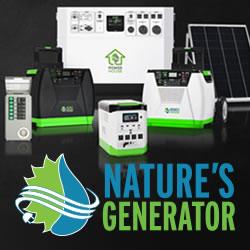
Nature's Generator MyGrid 10K
A 10,000W plug & play whole-home generator with a 10kWh LiFePO4 battery for reliable backup power. Features easy setup, flexible 120V/208-240V input, and solar/wind charging. Expandable with extra batteries or solar panels, and can pair two units for 20,000W for even larger energy needs. Powers your home during power outages, reduces electricity costs, and supports sustainable energy.


.jpg) 1 day ago
2
1 day ago
2
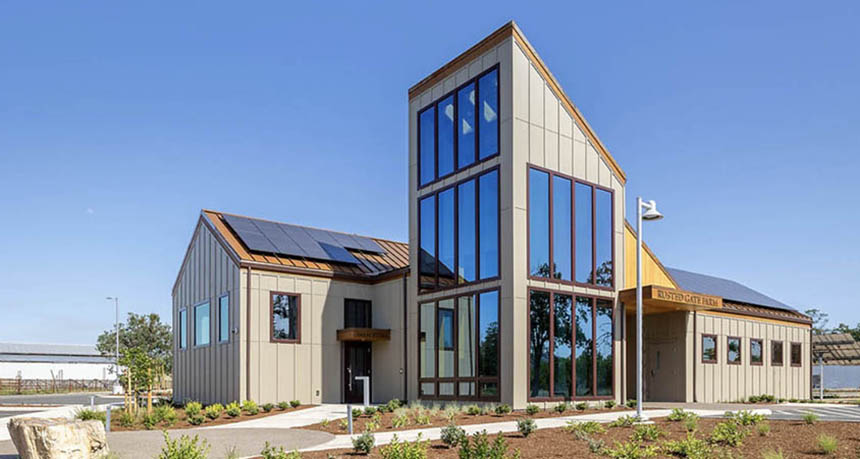





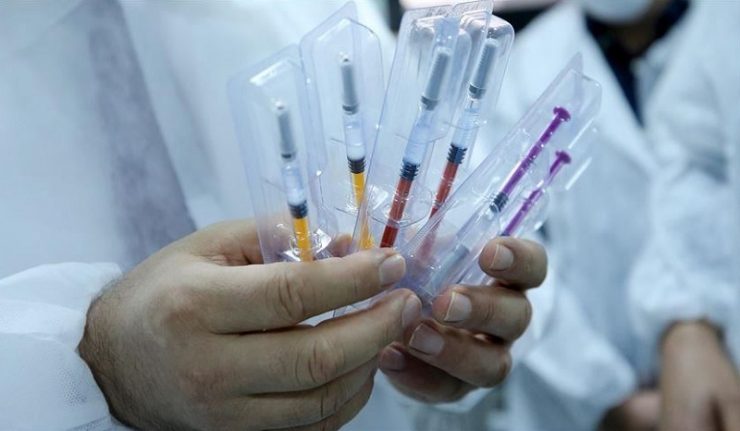
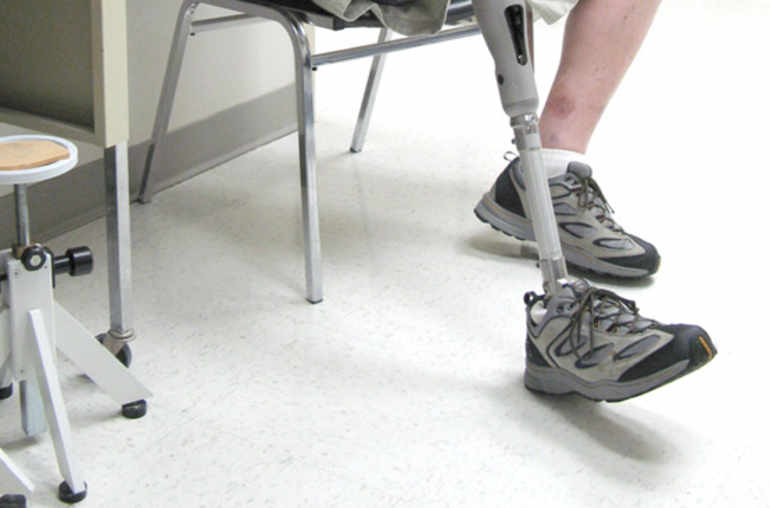
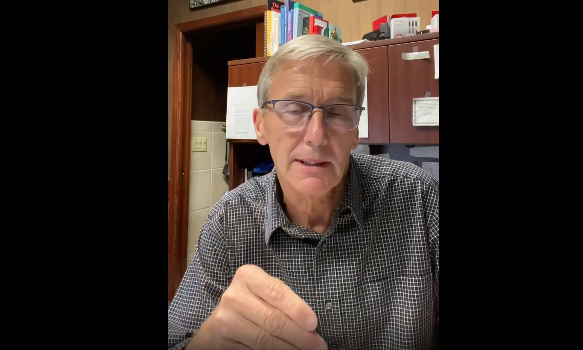



.jpg)


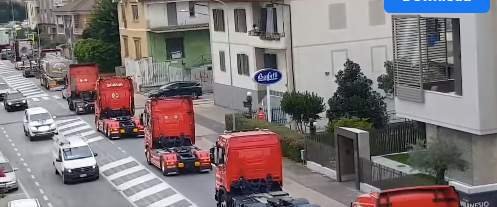



 English (US) ·
English (US) ·  French (CA) ·
French (CA) ·